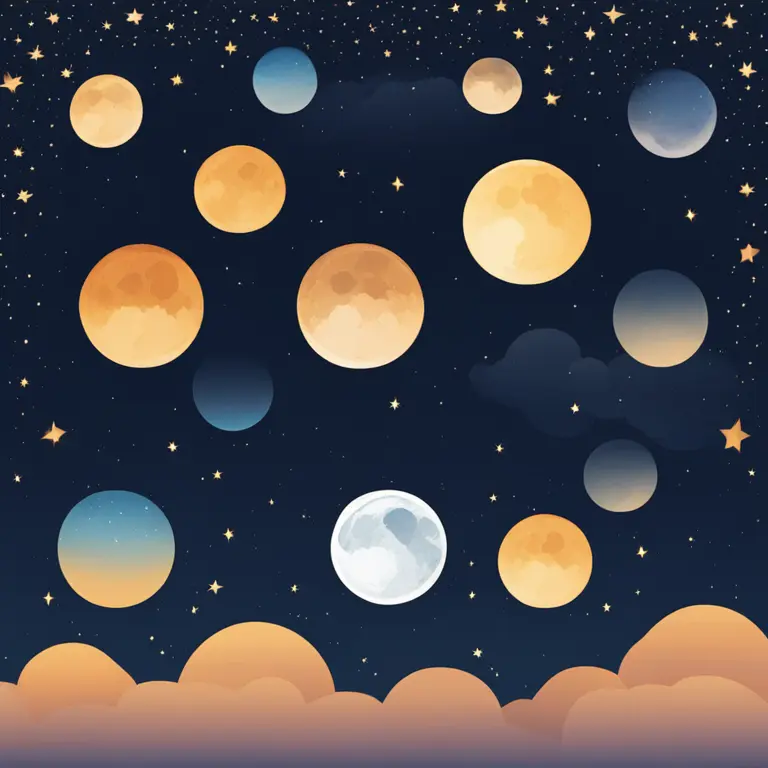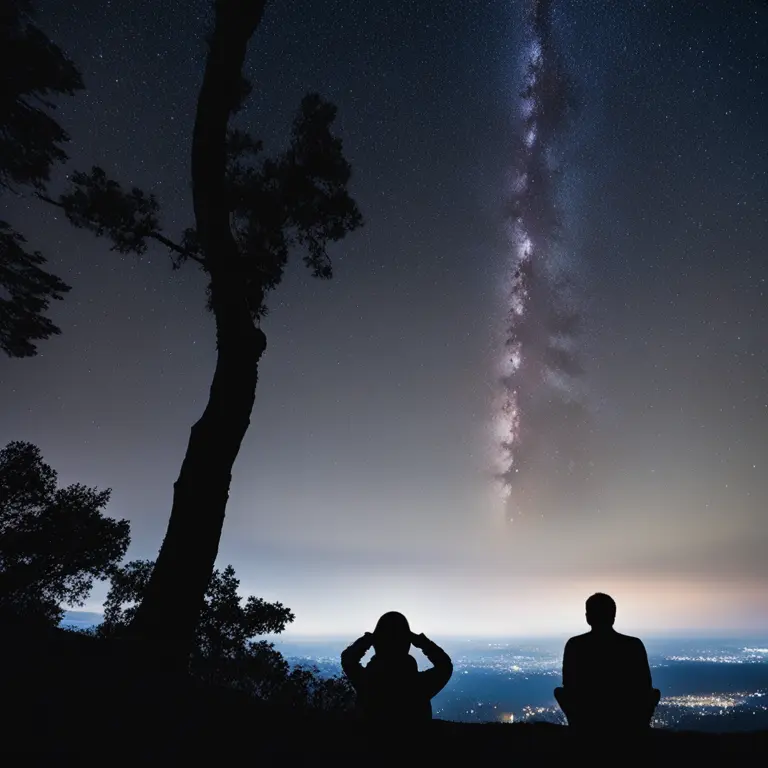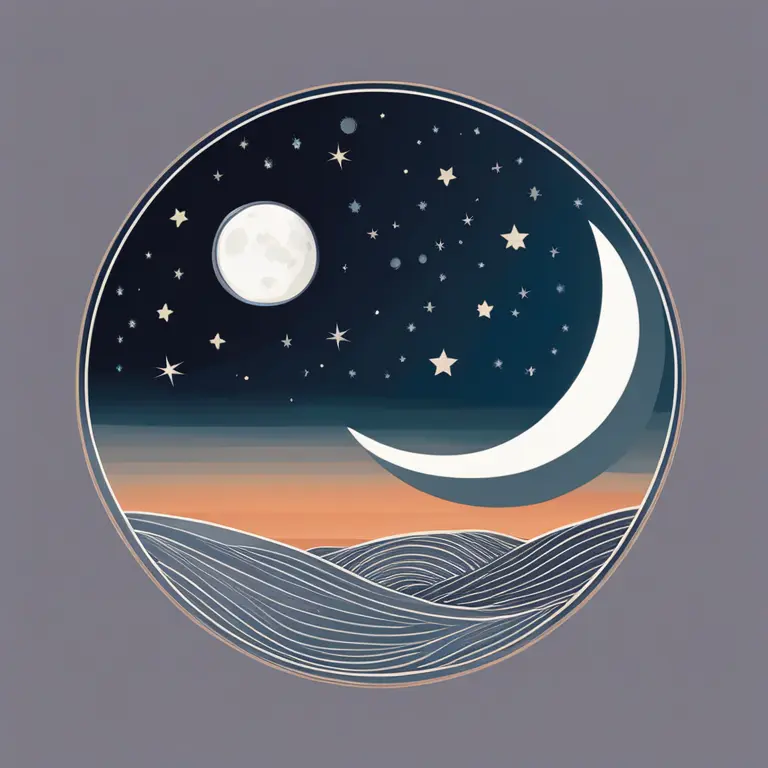
Finding The Optimal Moon Phases for Stargazing
Discover the best moon phases for stargazing to enhance your celestial observations and connect with the cosmos.
article by Priya Deshmukh
Introduction to Moon Phases and Stargazing
Whether you are an amateur astronomer or simply love looking up at the night sky, understanding the moon's phases can significantly improve your stargazing experience. The glow of our closest celestial neighbor can either illuminate the darkness or outshine the faintest stars. Learning to time your stargazing with the moon's cycle is essential if you want to make the most out of the celestial show above us.

The Dark Sky Advantage
When it comes to observing the stars, the darker the sky, the better. Light pollution from cities can obscure your view, making less prominent stars and galaxies disappear from sight. A similar effect occurs when the moon is full and its brightness overwhelms the night sky. To see the deepest and most distant space objects, a dark sky is crucial, and the moon's phase plays a pivotal role in this.

New Moon: A Stargazer's Delight
The new moon phase is the champion of stargazing. Occurring approximately once a month, during this phase, the moon is situated between the Earth and the sun, causing the side that is illuminated to face away from us. The absence of moonlight makes the sky at its darkest, providing the ideal conditions for observing faint stars, galaxies, and meteor showers.

Waxing Crescent to First Quarter
After the new moon, the moon enters the waxing crescent phase, slowly revealing a sliver of light each night. As it transitions to the first quarter, stargazing conditions remain relatively good, with minimal interference from moonlight. Early evening during these phases can still be conducive to watching the stars, particularly if observations are completed before the moonrise.

Full Moon: The Bright Interference
Stargazing during a full moon can be quite limiting. As the moon becomes fully illuminated by the sun, its brightness can wash out the light from all but the brightest stars and planets. While observing the full moon itself can be fascinating, with its visible craters and seas, it's not the best time for peering into the deeper cosmos.
Waning Moon: The Waiting Game
The waning phases, starting from full moon back to new moon, mirror the waxing phases but in reverse. Gradually, the illuminated part shrinks, and the skies darken each night. Patient stargazers will find conditions improving as the moon approaches its third quarter and subsequently returns to the new moon phase, culminating once again in an optimal stargazing opportunity.
Plan Your Stargazing Calendar
Consulting a lunar calendar can help you plan your stargazing sessions. Aim for nights close to the new moon phase, but don’t overlook the charm of a waxing crescent or a waning gibbous. Sometimes, the presence of a slender moon can add to the beauty of your celestial observations, creating a perfect backdrop for night photography.
Published: 1/19/2024
Modified: 1/19/2024
More predictions
Come back here soon to learn more about yourself and your future


Moon Phase Soulmates: Cosmic Bonds in Love
Discover the enchanting connection between moon phases and soulmate relationships in this insightful article on cosmic synergy in love.


The Precision of Moon Phase Watches: A Detailed Review
Delve into the world of astronomical timepieces as we discuss the accuracy of moon phase watches and their place in the realms of timekeeping and astrology.


The Mystery of Lunar Phases: What Causes Them?
Delve into the celestial mechanics behind the lunar phases and how they influence our astrological interpretations.